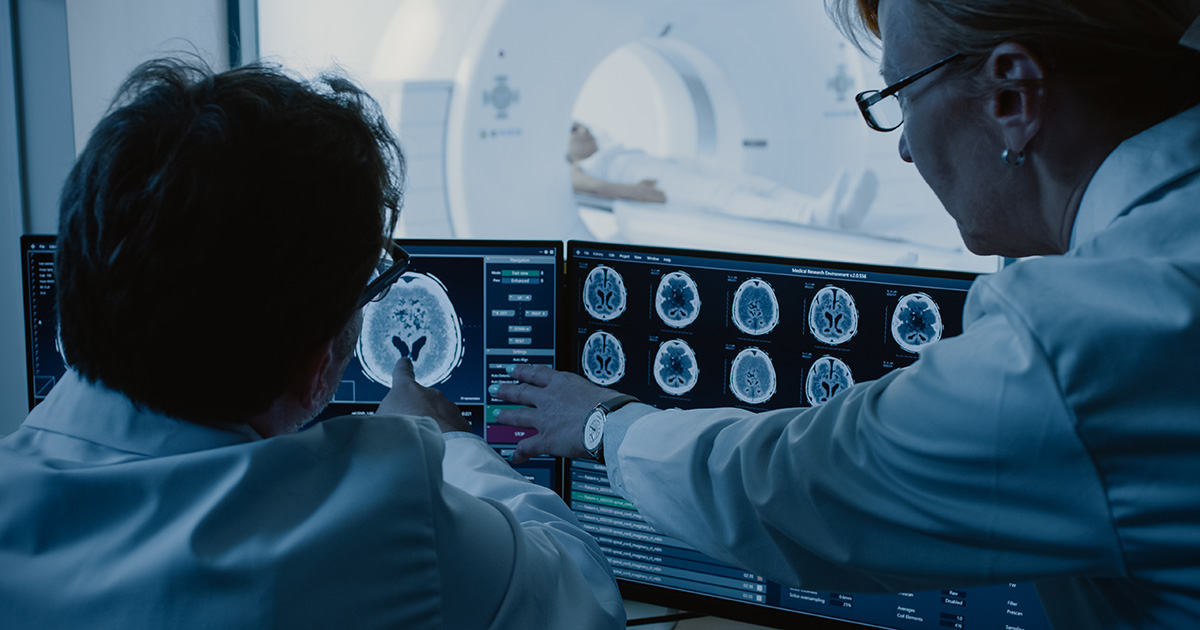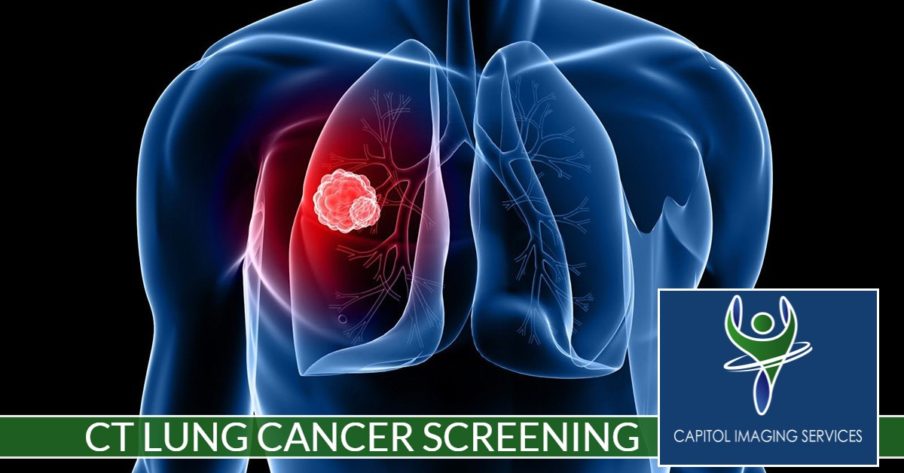Lung Cancer Screening
Capitol Imaging Services is one of a select number of diagnostic facilities equipped to perform Low-Dose CT (Computed Tomography) lung cancer screenings. But, what’s involved in a lung screening, and who is eligible for one? In today’s blog post, we’ll talk about the benefits of routine screenings for lung cancer and how Capitol Imaging Services stays ahead with lung cancer detection technology.
What is a Lung Cancer Screening?
Lung cancer screenings are intended to evaluate patients who are at a high risk of lung cancer but are otherwise healthy. Lung cancer is easier to treat if it is caught early. CT lung cancer screenings are carried out using technology called Low-Dose Computed Tomography, or LDCT. This procedure uses CT imaging and a very small dose of radiation to “light up” the structures of the lungs, allowing a physician to look for potentially cancerous nodes.
Who should have their lungs screened for cancer?
Patients usually need a physician’s referral to begin the process of routine CT lung cancer screenings. Those who might receive a referral include:
If you fall into any of these categories, your doctor might recommend you begin regular lung cancer screening exams.
What can I expect during the procedure?
For this test, you’ll be asked to lay down on a table with a pillow. You will lay very still while the table slides into the CT machine. You may be asked to hold your breath for a brief period so the machine can take clear pictures of your lungs. The CT machine may make loud noises during the test, but this is normal. CT lung cancer screenings are very quick, only taking a few minutes to complete. Because Low-Dose CT uses 90% less radiation than a traditional CT scan, this test poses a minimal risk of complications due to radiation exposure.
Benefits vs. Risks
If your doctor has recommended that you begin CT lung cancer screenings, you may be wondering what the benefits– and the risks– of this test might be.
Benefits
CT lung cancer screenings are the most effective method of detecting lung cancer at its earliest stage. This test is very quick, usually lasting less than five minutes. It is painless and does not involve the injection of a contrast dye. Radiation does not linger in the patient’s body after the exam. It does not make a difference if you have metal parts in your body.
Risks
There is a chance that the test could detect a false positive result. These kinds of results may require additional testing to rule out cancer. The test may detect cancer at a later stage than is easily treatable, depending on the speed of the cancer’s progression. The screening may detect benign growths that do not require treatment. Some insurance companies, like Medicare, will only cover a CT lung cancer screening if you meet a certain criteria.
While CT scans involve the use of ionizing radiation, the benefits of lung screening usually outweigh the risk of exposure. By using low-dose, Capitol Imaging Services further minimizes radiation usage in each lung screen. Speaking to your doctor or medical provider regarding any concerns may be beneficial before undergoing the screening.

Have questions about Lung Cancer Screenings?
Despite the small risk involved in this imaging test, patients should be aware of the enormous advantage that catching lung cancer early can give them in their treatment. If you are ready to schedule your CT lung cancer screening, contact us today to schedule your appointment at your nearest Capitol Imaging Services center.



